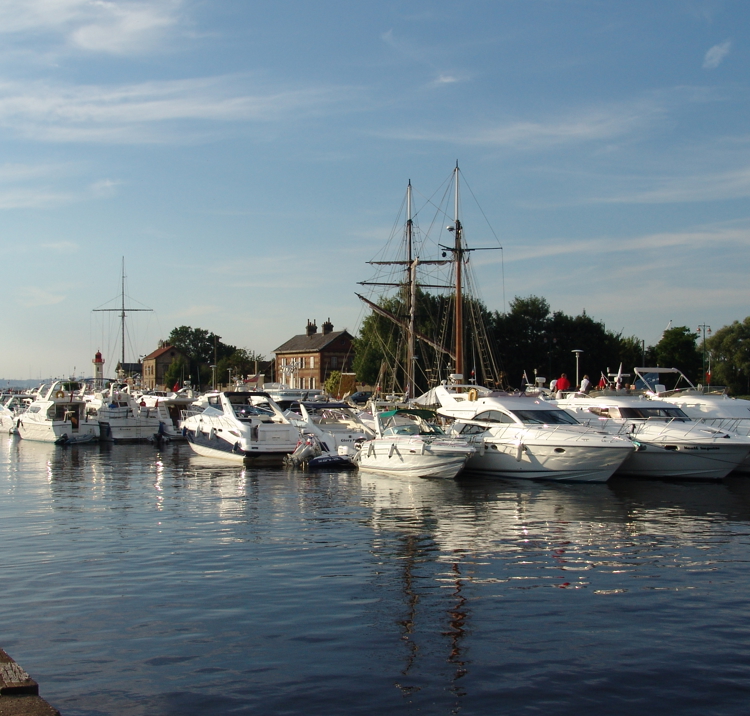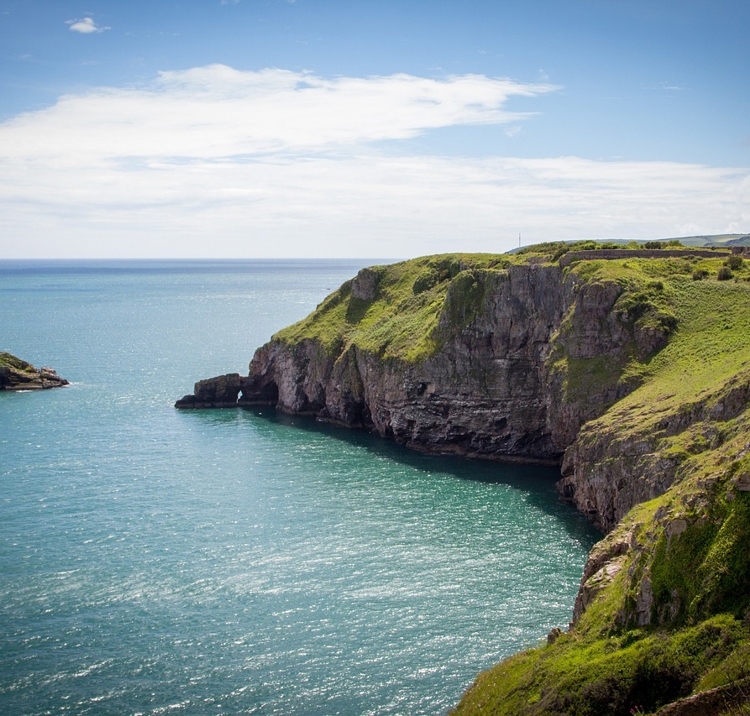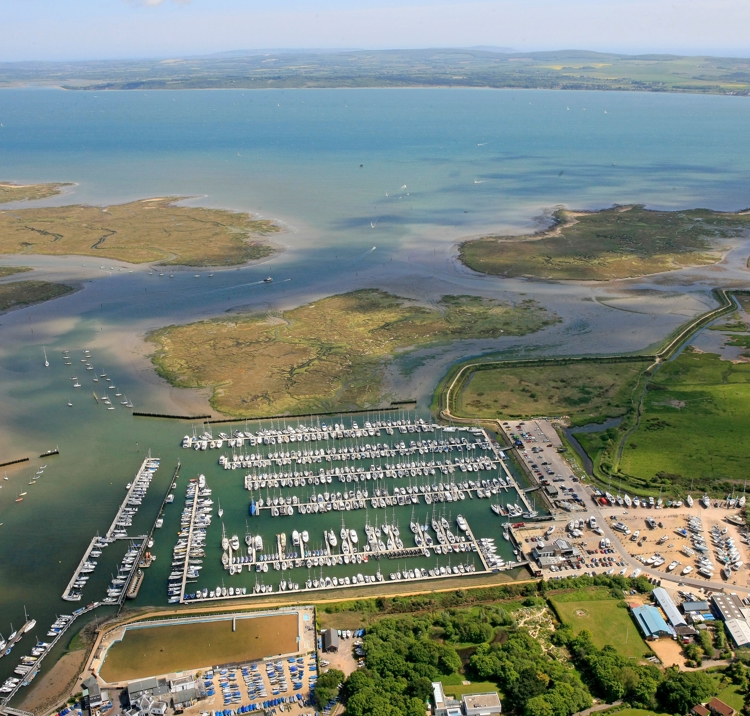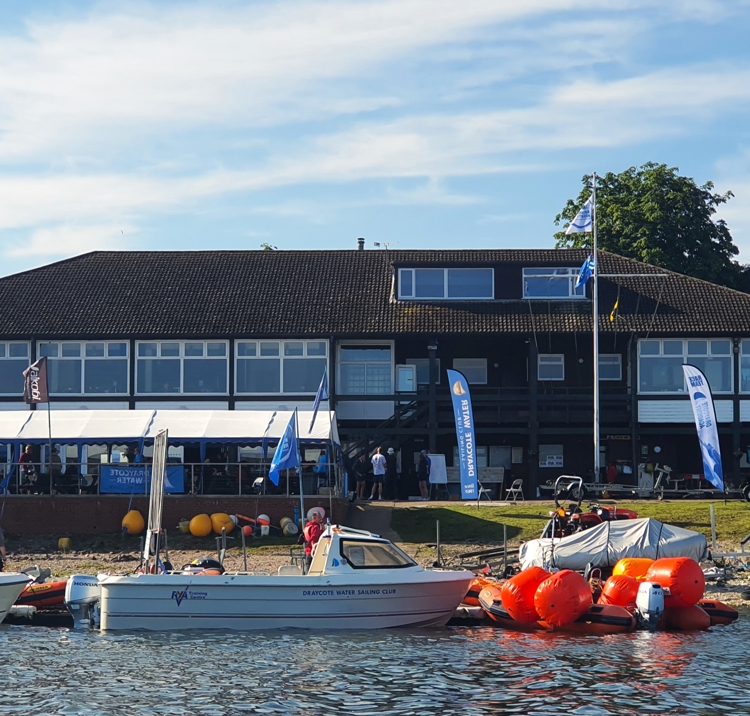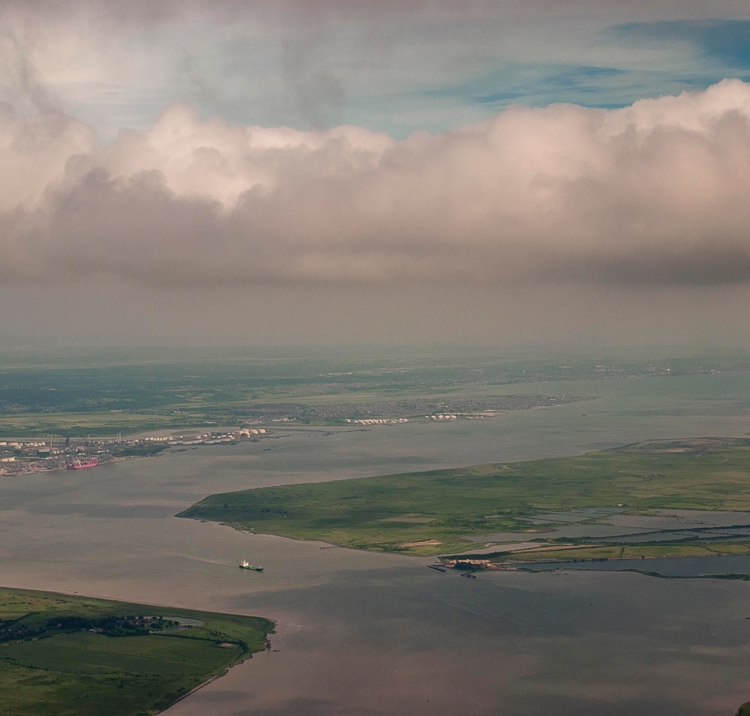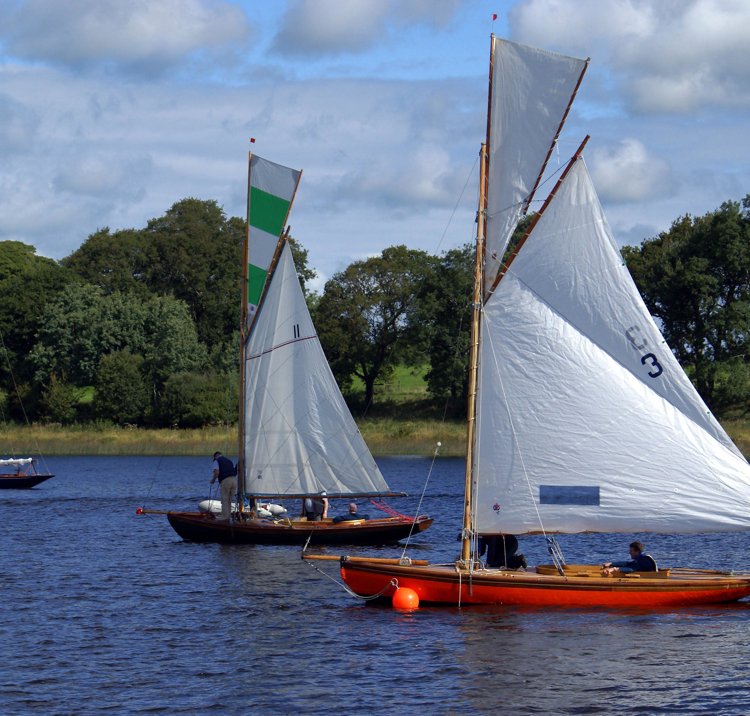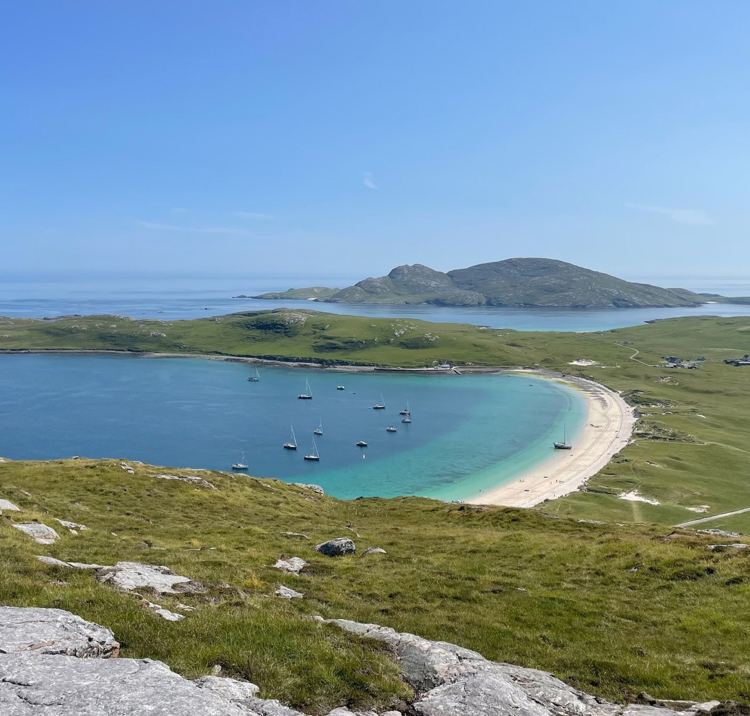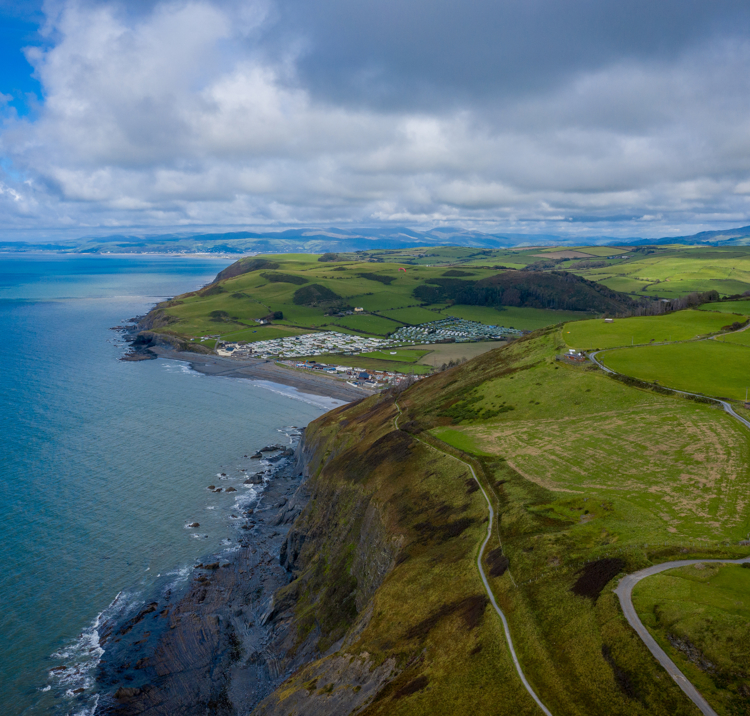Planning and Licensing
How the RYA supports members and affiliates with planning and licensing issues, and how we respond to marine licence applications.
Our Regulations and Policy Team represents the interests of boaters in responding to marine licence applications that may affect our members, and supports members in making their own applications. We do this while supporting the need to increase renewable energy and reduce biodiversity impacts.
For further information or specific advice, please email us at planning@rya.org.uk.

